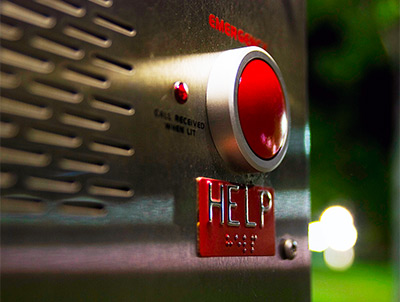We’ve all been there at one time or another: A major problem arises that’s causing livestock losses—and/or loss of sanity—and we need advice from local fish store staffers, the members of our favorite forum, website moderators, or just friendly local hobbyists on how to find a workable solution. However, when we’re desperate to resolve a problem, we sometimes pose questions in a manner that’s, well, a bit counterproductive.
In many cases, the question is worded something like this: “My fish/corals keep dying one after another. It seems like every day I lose one or two more. I don’t see any signs of disease, and all my water parameters are perfect. What could be the problem? Can you recommend a product or medication that will put a stop to this? Please help, as I’m about to quit this hobby in disgust!”
While this question conveys a great deal of passion, what it lacks is virtually every pertinent detail that could aid in finding a solution. In order to get the most accurate, insightful advice from fellow hobbyists when a problem rears its ugly head, it’s important to provide as much of the following information as you can:
A full description of the symptom or problem
First, do your best to provide a thorough description of the problem you’re observing. If fish or inverts are sick or dying, list any symptoms you can see, not just overt physical symptoms such as spots or necrotic tissue, but also any behavioral changes (e.g., fish hiding, refusing food, etc.) you may have noticed.
If the issue is more along the lines of an algae outbreak or the appearance of pest anemones or other unwelcome hitchhikers in the tank, a good photo will help ID the culprit and yield the best possible advice on how to control it.
The age of your system
Knowing whether your system is new or mature can shed a lot of light on your problem for other hobbyists. For instance, if “mysterious” livestock losses are occurring and the system was just recently set up, any experienced hobbyist will know that one of the first things that must be ruled out is the presence of ammonia due to incomplete cycling.
The size of the system
The size of your tank can be a contributing factor in all kinds of problems, such as fish compatibility issues, excessive dissolved pollutants, unstable water parameters, fish jumping, invertebrate stinging/chemical warfare concerns, etc.
Your livestock lineup
The potential interactions among the fish and invertebrates in any given aquarium are extremely varied and complex. You can’t always predict how different species will get along. But certain choices or combinations of species are just asking for trouble, and a knowledgeable hobbyist should be able to spot them.
All your water parameters
It’s of no utility to make the vague claim that your water parameters are “all in the right range” or “right where they should be” because that can mean different things to different people. Be sure to provide the actual measurement for every parameter you can test—specific gravity, temperature, ammonia, nitrite, nitrate, and pH at the least, and ideally including phosphate, calcium, and alkalinity. If you can’t test/aren’t testing for some or several of these parameters, that could be the crux of your problem right there!
Your equipment lineup
Are you running a protein skimmer? Is it adequate for your system? What does your lighting system consist of? How are you providing water movement in the tank? Does your setup include a sump/refugium? The answers to these questions and any other particulars you can provide on the equipment you’re using will help shed light on the health of your system and its inhabitants.
Additives/supplements
What products, if any, do you add to your system’s water on a regular basis? If you have a reef system, what method are you using to supplement calcium and alkalinity?
Your feeding protocol
What, how much, and how often are you feeding your fish and invertebrates? Are they actually consuming the foods offered?
Your maintenance protocol
Knowing how often you do water changes, siphon out detritus, clean your protein skimmer, rinse/replace filter media, and perform other routine maintenance tasks can also be helpful in identifying the source of a problem.
Any recent changes
Finally, be sure to mention whether you’ve made any changes to the system recently. These might include any livestock introductions, changes in feeding or maintenance protocols, the addition or upgrade of any equipment (including swapping out light bulbs/tubes), reworking the aquascape, or any other change that might have altered the dynamics of the system.



